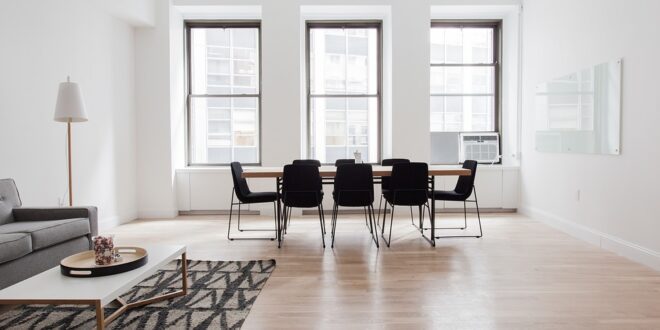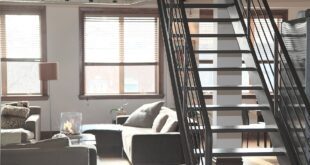The Psychology of Interior Design: Best Ways to Influence Mood

The Power of a Well-Designed Environment
Can you recall entering a room that instantly made you feel relaxed, happy, or perhaps invigorated? There’s no denying
the impact our surroundings have on our mood and overall well-being. The field of interior design understands this concept
and the significant influence it has on our lives. By delving into the world of psychology, we uncover ways to create spaces that radiate joy, comfort, and positivity.
Mood-Boosting Colors
Colors have incredible potential to arouse emotions and trigger specific reactions. Incorporating uplifting hues can transform
a space and uplift spirits. For instance, shades of yellow are known to evoke feelings of joy and optimism. Soft blues and greens
create a sense of calmness and relaxation, while vibrant nuances of orange stimulate creativity and energy. Consider using
these mood-enhancing colors in your design scheme, whether through accent pieces, wall paint, or decor elements, to help
elevate the desired ambiance.
The Role of Lighting
Lighting plays a crucial role in setting the tone and ambience of a room. Natural light, in particular, has been proven to enhance
mood and increase productivity. Positioning furniture strategically to maximize access to natural light can greatly improve both
the aesthetic and psychological aspects of a space. When natural light is limited, opt for warm, soft lighting to create a cozy and comforting atmosphere that welcomes relaxation and tranquility.
Embracing Nature
Humans have an innate connection to nature, and bringing elements of the natural world into our living spaces can have a profound impact on our mood. Integrating indoor plants, for instance, not only enhances the visual appeal but also improves air quality and offers a sense of serenity. Incorporating natural materials and textures, like wood or stone, creates a warm and earthy environment that fosters a feeling of grounding and harmony.
Form Follows Function
The functionality of a space heavily influences our psychological response to it. By carefully considering the placement and arrangement
of furniture, ensuring simplicity, and promoting ease of movement, we can create an environment that supports positive psychological states. Eliminating clutter and providing ample storage solutions leads to a sense of orderliness, reducing stress and anxiety.
Personalization and Sentimental Objects
The power of sentimental objects is not to be underestimated. Adding personal touches and cherished items that hold emotional value allows us to connect with our living spaces on a deeper level. Surrounding ourselves with reminders of happy memories, such as photographs or souvenirs from meaningful experiences, can trigger positive emotions and uplift our mood.
Conclusion
The psychology of interior design emphasizes that our physical environment significantly impacts our emotional well-being. By strategically applying elements that evoke positive reactions, such as vibrant colors, optimal lighting, natural elements, functional spaces, and personal touches, we can create an atmosphere that nurtures and uplifts our overall mood. Harness the power of interior design to positively transform your living spaces and enhance your daily life.
Cheerfully written by YOUR NAME
 Mind Uncharted Explore. Discover. Learn.
Mind Uncharted Explore. Discover. Learn.




